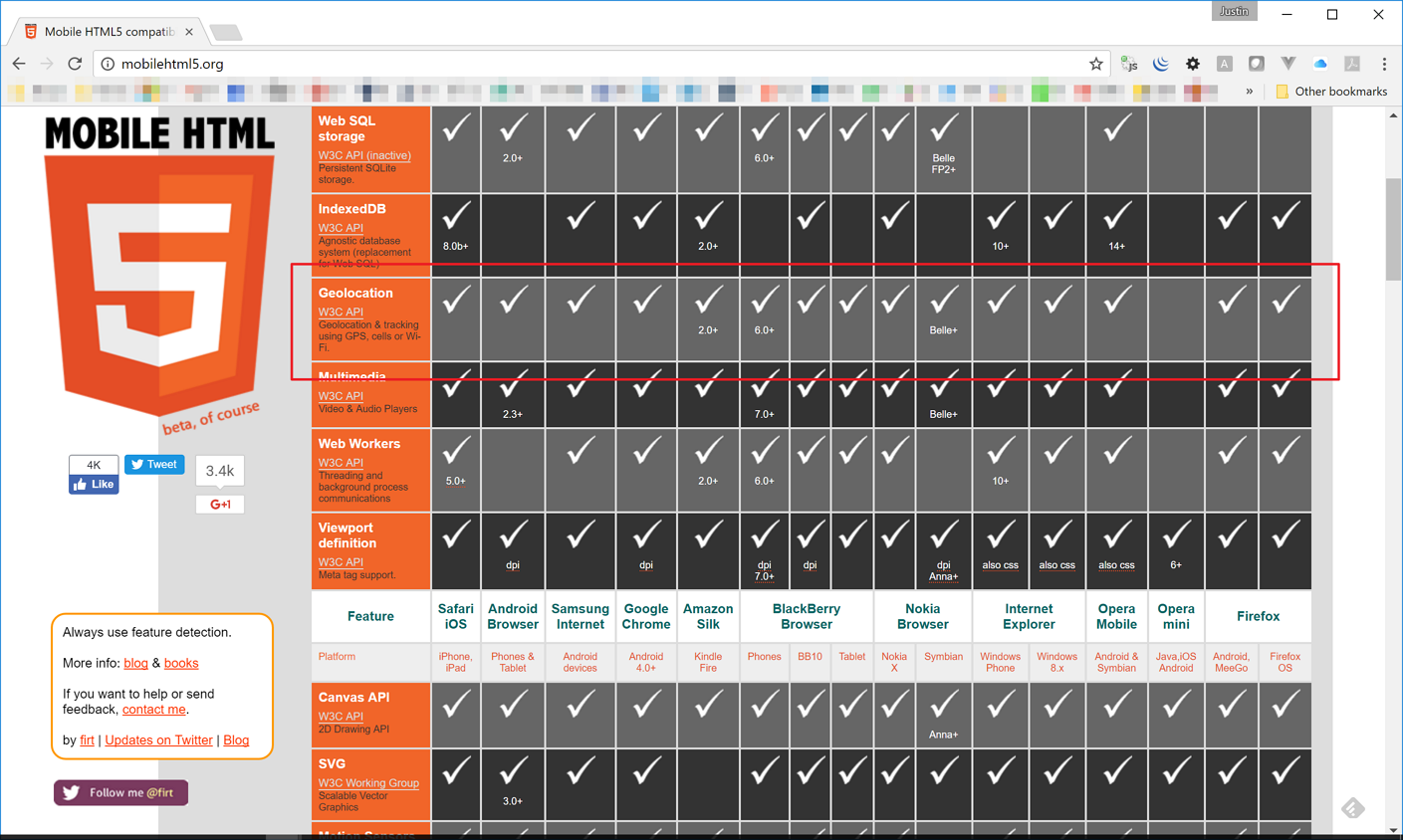When and how to use React component lifecycle management in a SharePoint Framework?
There are various advantages of using React lifecycle methods in building SharePoint Framework components. It is not a necessity to use component lifecycle methods but we could get a lot out by using these methods with states. For a generic understanding of React component lifecycle methods, check here
Few of the benefits of using React component lifecycle methods are :
1.… [Keep reading] “When and how to use React component lifecycle management in a SharePoint Framework?”

